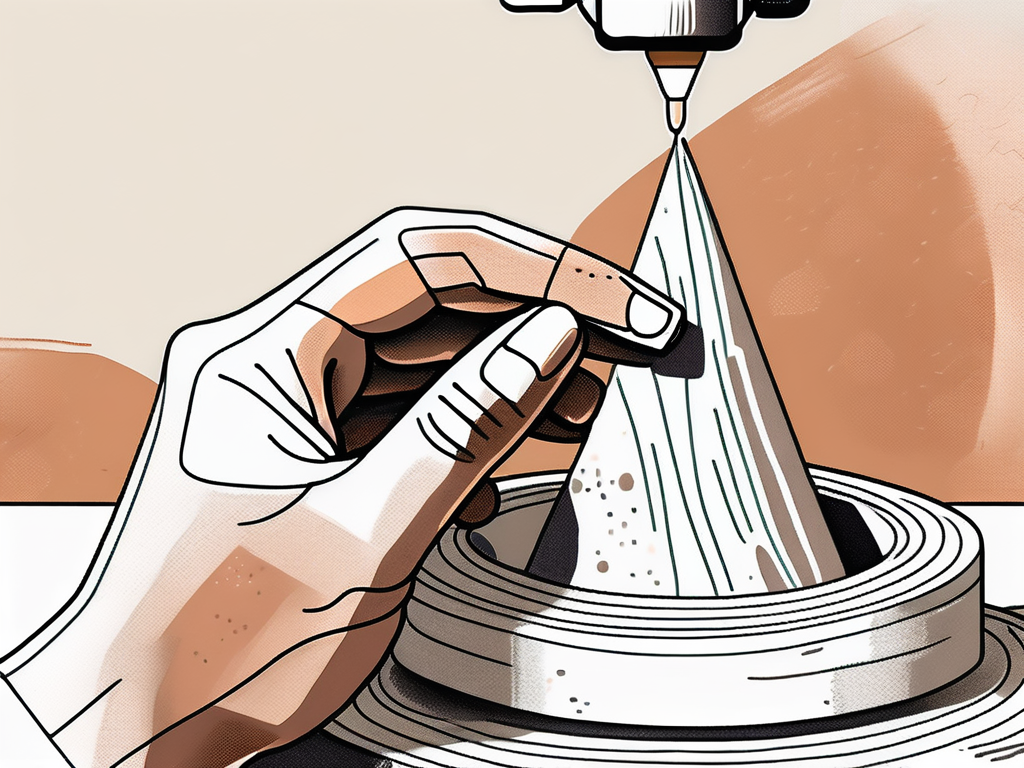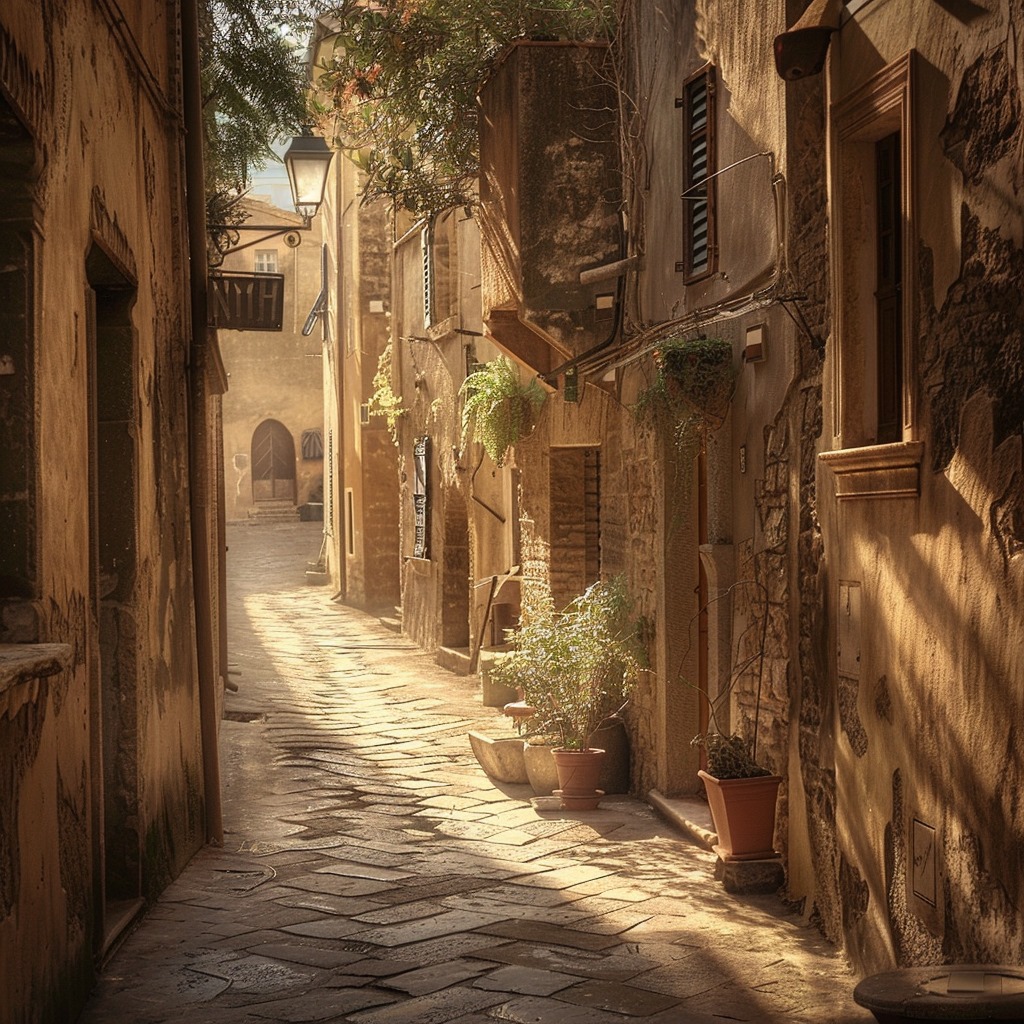In the scorching heat of hot climates, where the sun beats down relentlessly, cities made from clay have stood the test of time. From ancient mud-brick structures to modern adobe marvels, these cities have embraced the inherent durability of clay to thrive in their harsh environments. Understanding the science behind clay’s heat resistance, employing innovative architectural techniques, and prioritizing maintenance and preservation are just a few factors that contribute to the longevity of these remarkable settlements. Moreover, the sustainability and environmental impact of clay construction play a vital role in shaping the future of these resilient cities, as they adapt to the challenges posed by a warming world.
 Routine Care for Clay Buildings
Regular maintenance practices, such as applying protective coatings and repairing damaged areas, help extend the lifespan of clay structures. Preventive measures, such as implementing proper drainage systems and inspecting for cracks, mitigate potential issues caused by weather conditions.
Addressing Weather-Related Wear and Tear
Extreme heat, strong winds, and occasional rainfall present challenges to clay structures. Implementing proactive measures, such as reinforcing vulnerable areas and incorporating suitable drainage mechanisms, ensures that these cities can withstand the tests of time and nature.
Moreover, in regions with hot climates, the impact of the sun’s ultraviolet (UV) rays on clay structures cannot be underestimated. UV exposure can cause fading and deterioration of the clay material over time. To combat this, experts recommend using UV-resistant coatings or pigments during maintenance to protect the structures from sun damage.
Another important aspect of maintaining clay structures in hot climates is managing the effects of humidity. High levels of humidity can lead to mold growth and erosion of the clay surface. Regular monitoring of humidity levels within and around the structures, along with proper ventilation systems, can help prevent these issues and preserve the beauty and structural integrity of the clay buildings for generations to come.
Routine Care for Clay Buildings
Regular maintenance practices, such as applying protective coatings and repairing damaged areas, help extend the lifespan of clay structures. Preventive measures, such as implementing proper drainage systems and inspecting for cracks, mitigate potential issues caused by weather conditions.
Addressing Weather-Related Wear and Tear
Extreme heat, strong winds, and occasional rainfall present challenges to clay structures. Implementing proactive measures, such as reinforcing vulnerable areas and incorporating suitable drainage mechanisms, ensures that these cities can withstand the tests of time and nature.
Moreover, in regions with hot climates, the impact of the sun’s ultraviolet (UV) rays on clay structures cannot be underestimated. UV exposure can cause fading and deterioration of the clay material over time. To combat this, experts recommend using UV-resistant coatings or pigments during maintenance to protect the structures from sun damage.
Another important aspect of maintaining clay structures in hot climates is managing the effects of humidity. High levels of humidity can lead to mold growth and erosion of the clay surface. Regular monitoring of humidity levels within and around the structures, along with proper ventilation systems, can help prevent these issues and preserve the beauty and structural integrity of the clay buildings for generations to come.
Understanding the Durability of Clay in Hot Climates
Clay, a natural material formed from the weathering of rocks, possesses unique properties that make it an ideal building material for hot climates. Its remarkable heat resistance stems from its high thermal mass, enabling it to absorb and store heat during the day and release it slowly during cooler nights. Moreover, clay has the ability to regulate humidity levels, creating a more comfortable living environment amidst arid conditions. The Science Behind Clay’s Heat Resistance Heat resistance is largely attributed to clay’s composition, which consists of tiny platelets that interlock, creating a solid structure. This structure helps clay withstand temperature fluctuations, preventing it from cracking or deteriorating. Additionally, the high insulation properties of clay contribute to its durability, shielding inhabitants from the relentless heat outside. Historical Use of Clay in Construction For centuries, civilizations in hot climates have embraced clay as their primary construction material. From the ancient mud-brick wonders of Mesopotamia to the majestic adobe structures of the American Southwest, clay has been a cornerstone of architectural heritage. These historical examples serve as a testament to the longevity and resilience of clay in hot climates. Furthermore, the use of clay in construction is not limited to residential buildings. Clay has also been utilized in the construction of iconic structures such as the Great Mosque of Djenne in Mali, renowned for its large adobe bricks and intricate mud plasterwork. The mosque’s walls, made entirely of sun-baked clay, showcase the material’s durability and aesthetic appeal, standing as a cultural marvel in the heart of the Sahel region. Moreover, the sustainable nature of clay as a building material cannot be overlooked. Unlike modern construction materials that have a significant environmental impact, clay is abundant in nature and requires minimal processing, making it an eco-friendly choice for builders concerned with reducing their carbon footprint. Its recyclability and non-toxic properties further enhance its appeal as a sustainable option for construction projects worldwide.Architectural Techniques for Building Clay Cities
Building clay cities requires careful consideration of design techniques that combat the challenges posed by heat. Architects and builders have developed innovative solutions to enhance the durability and livability of these structures. Designing for Heat Dissipation Efficient ventilation and shading techniques play a crucial role in maintaining comfortable temperatures within clay cities. Incorporating courtyards, windcatchers, and narrow streets can help facilitate natural airflow and create cool microclimates. Additionally, strategically placed shade elements mitigate direct sunlight and reduce the overall heat load on the structures. Incorporating Local Materials and Techniques Embracing local materials and construction techniques not only preserves the cultural heritage but also ensures the suitability and sustainability of the structures. By utilizing locally available resources and traditional building methods, the construction of clay cities becomes more economically viable and environmentally friendly. Another key aspect of designing clay cities is the incorporation of water management systems. In arid regions where clay cities are often found, water scarcity is a significant challenge. Architects have developed innovative solutions such as rainwater harvesting systems, underground cisterns, and qanats (underground channels for water transportation) to efficiently capture, store, and distribute water throughout the city. Furthermore, the layout and orientation of buildings in clay cities are meticulously planned to maximize natural light exposure while minimizing heat gain. Architects strategically position windows, skylights, and light wells to illuminate interior spaces and reduce the reliance on artificial lighting, thus conserving energy and enhancing the overall comfort of the inhabitants.Maintenance and Preservation of Clay Structures
Maintenance plays a crucial role in ensuring the longevity of clay structures in hot climates. Routine care and addressing weather-related wear and tear are essential to preserve the integrity of these remarkable cities. Routine Care for Clay Buildings
Regular maintenance practices, such as applying protective coatings and repairing damaged areas, help extend the lifespan of clay structures. Preventive measures, such as implementing proper drainage systems and inspecting for cracks, mitigate potential issues caused by weather conditions.
Addressing Weather-Related Wear and Tear
Extreme heat, strong winds, and occasional rainfall present challenges to clay structures. Implementing proactive measures, such as reinforcing vulnerable areas and incorporating suitable drainage mechanisms, ensures that these cities can withstand the tests of time and nature.
Moreover, in regions with hot climates, the impact of the sun’s ultraviolet (UV) rays on clay structures cannot be underestimated. UV exposure can cause fading and deterioration of the clay material over time. To combat this, experts recommend using UV-resistant coatings or pigments during maintenance to protect the structures from sun damage.
Another important aspect of maintaining clay structures in hot climates is managing the effects of humidity. High levels of humidity can lead to mold growth and erosion of the clay surface. Regular monitoring of humidity levels within and around the structures, along with proper ventilation systems, can help prevent these issues and preserve the beauty and structural integrity of the clay buildings for generations to come.
Routine Care for Clay Buildings
Regular maintenance practices, such as applying protective coatings and repairing damaged areas, help extend the lifespan of clay structures. Preventive measures, such as implementing proper drainage systems and inspecting for cracks, mitigate potential issues caused by weather conditions.
Addressing Weather-Related Wear and Tear
Extreme heat, strong winds, and occasional rainfall present challenges to clay structures. Implementing proactive measures, such as reinforcing vulnerable areas and incorporating suitable drainage mechanisms, ensures that these cities can withstand the tests of time and nature.
Moreover, in regions with hot climates, the impact of the sun’s ultraviolet (UV) rays on clay structures cannot be underestimated. UV exposure can cause fading and deterioration of the clay material over time. To combat this, experts recommend using UV-resistant coatings or pigments during maintenance to protect the structures from sun damage.
Another important aspect of maintaining clay structures in hot climates is managing the effects of humidity. High levels of humidity can lead to mold growth and erosion of the clay surface. Regular monitoring of humidity levels within and around the structures, along with proper ventilation systems, can help prevent these issues and preserve the beauty and structural integrity of the clay buildings for generations to come.

